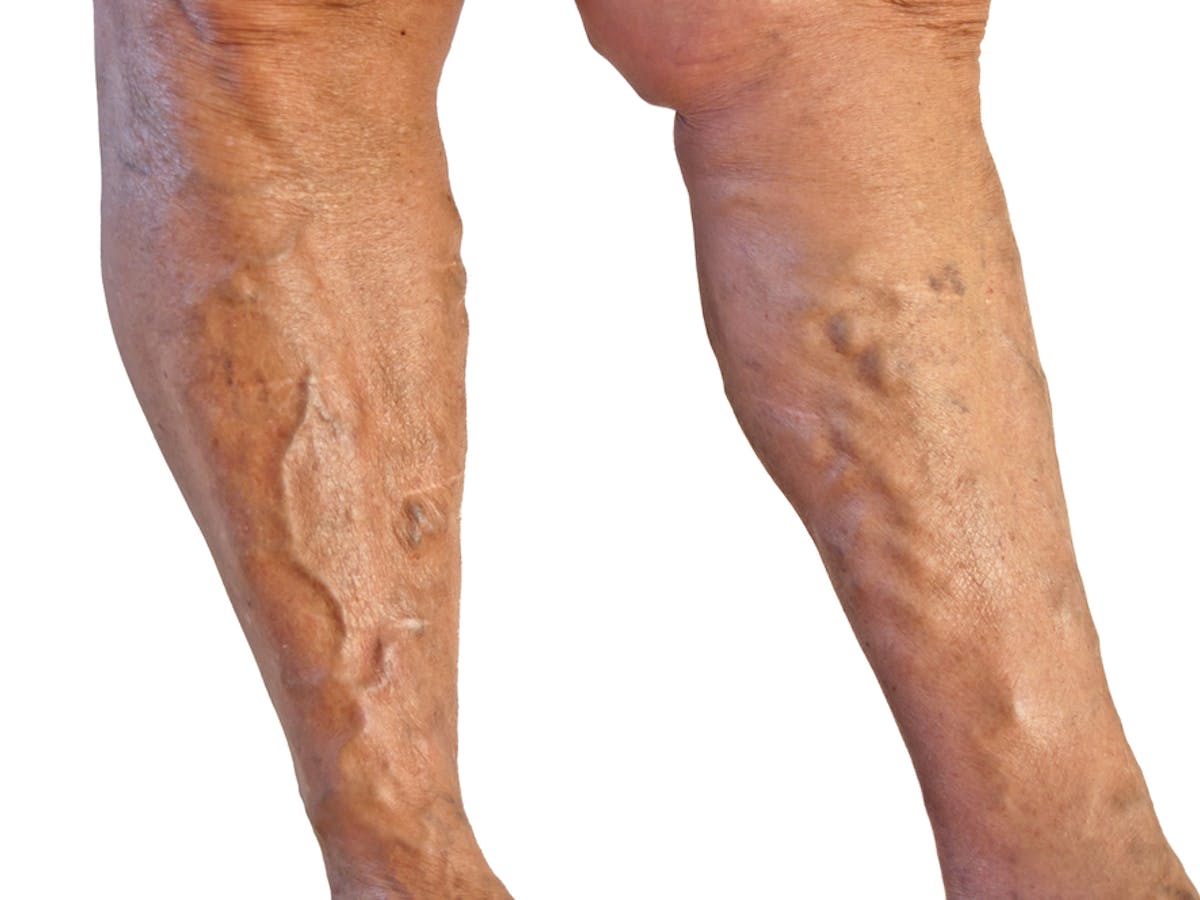Venous insufficiency is a medical condition in which the valves in your veins malfunction. It is possible for a blood clot to cause deep-vein thrombosis pulmonary embolism heart attack or stroke.
 Information Poster Of Veins Of The Leg 1762097 Download Free Vectors Clipart Graphics Vector Art
Information Poster Of Veins Of The Leg 1762097 Download Free Vectors Clipart Graphics Vector Art
Some varicose veins put you at risk for a complication like a blood clot or open sores on your legs.

Veins in the leg. Also included are the soleal sinusoids the dorsal venous foot arch and the saphenous veins to name a few. Deep vein thrombosis DVT is the formation of a blood clot in a deep vein most commonly in the legs or pelvis. You may also have pain swelling heaviness and achiness over or around the enlarged veins.
Thrombophlebitis can be the result of trauma surgery or prolonged inactivity. Aching heavy and uncomfortable legs. Venous insufficiency is most often caused by either blood clots or varicose veins.
These valves are usually responsible for. The primary symptoms of varicose veins are highly visible misshapen veins usually on your legs. The main veins of the leg include the femoral vein the iliac veins the popliteal vein the tibial veins and the posterior arch vein.
Burning or throbbing in your legs. Varicose veins are almost always a sign of venous insufficiency. Varicose veins are swollen and enlarged veins that usually occur on the legs and feet.
They happen when the valves in the veins do not work properly so the. The inflammatory process that causes a blood clot to form and block one or more veins is called thrombophlebitis which most often occurs in the legs. However if you have any symptoms such as heaviness aching cramping there could be an underlying leaking reflux and this can be diagnosed easily by ultrasound.
Swollen feet and ankles. Development of leg ulcers ie non-healing wounds in the legs. Treatment can also diminish symptoms like pain and fatigue and prevent complications.
Muscle cramp in your legs particularly at night. Minimally invasive treatment can get rid of or fade leg veins. These veins can cause serious discomfort.
Bulging veins in legs also known as varicose veins are an external symptom of an underlying vein disease called chronic venous insufficiency. A general sense of heaviness and exhaustion of the legs especially at the end of the day. Symptoms can include pain swelling redness and enlarged veins in the affected area but some DVTs have no symptoms.
In healthy veins there is a continuous flow of blood from the limbs back toward the heart. Chronic skin changes such as the red and beefy discoloration of the skin. Varicose veins are large swollen veins that often appear on the legs and feet.
They may be blue or dark purple and are often lumpy bulging or twisted in appearance. These may be quite normal veins especially if you are well muscled from exercise and have lower body weight.